Did you know that eight out of ten small businesses fail within the first eighteen months?
I don’t know about you, but I find that number shocking.
The fact that I started my first business over ten years ago makes the success that much sweeter when I look at that statistic.
More than likely, a new business is going to pop up in its place and start the process over again.
I often wonder what the reason that the business couldn’t survive was. Was it the economy that shut them down, a business owner that got in way over his or her head, or perhaps something else?
Sure, you can put the blame on the economy. That’s the easy answer, but if that were true, wouldn’t there be a lot more businesses that went under as well?
I believe the majority of the blame falls directly on the business owner.
Every business is different, and there could be a million different reasons that a business fails, but in my experience, there are five reasons that continue to claim the lives of small businesses.
I know that starting a successful business can be a stressful battle, but it doesn’t have to be. If you’re the owner of a small business or you’re planning on opening up your own business, it’s important that you know the common pitfalls and the ways that you can avoid them.
Perhaps the economy is harder to navigate than it seems, especially for entrepreneurs just getting their feet wet. Or, maybe people just get in over their heads.
Table of Contents
- 5 Reasons Many Small Businesses Fail
- Reason #1: New Business Owners Try to Wear Too Many Hats
- Reason #2: They Lose Focus On Their Specialty
- Reason #3: They Play It Safe and Stop Trying to Grow
- Reason #4: They Dismiss the Power of Online Marketing
- Reason #5: They Forget About Automation
- Final Thoughts
5 Reasons Many Small Businesses Fail
At the end of the day, there are thousands of reasons small businesses fail. For some people, it’s a lack of planning that causes their business to lose valuable revenue. For others, an inability to delegate causes significant problems that can’t be overcome.
In any case, a service like QuickBooks Online can be invaluable to small businesses that need help to grow and thrive.
Here are a few of the reasons small businesses fail and why QuickBooks Online may be the answer:
Reason #1: New Business Owners Try to Wear Too Many Hats
I had a client who was one of the best electricians I have ever met, and he wanted to open up his own business. When it came to wiring, there was nobody I could trust more to get the job done correctly.
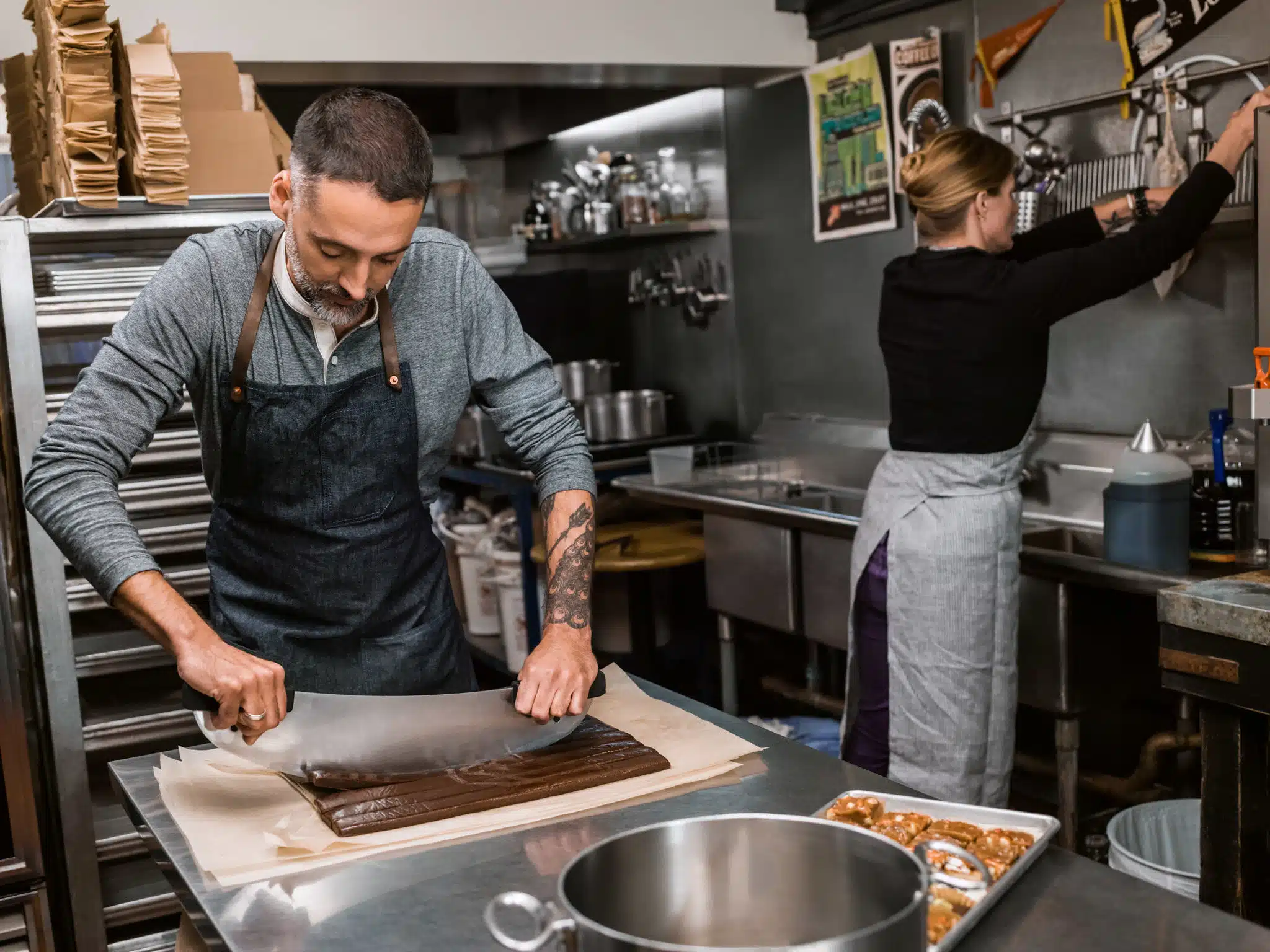
The problem? He wasn’t business-minded at all. While he was easily the best at his craft, he had no idea how to manage the various aspects of running a business. Worse, he wasn’t willing to try and delegate those responsibilities.
It takes a lot to run any business, even if you’re working in a vocational field. Not only do you have to do your regular electrical work, but you have to deal with marketing, management, payroll, taxes, and customer service.
| One simple way you can free up some of your time is to utilize accounting software like QuickBooks Online. QuickBooks is the leader in small business accounting software. It allows you to manage payroll, track expenses, check your profits, and much more. |
The even better news is that you can save up to 70% off your subscription to QuickBooks Online now! That’s a win-win in my book!
You don’t have to be an accounting professional to make the most of QuickBooks and ensure that your business has the money to keep the doors open. Once you set up the software and get the ball rolling, you can let QuickBooks manage your inflow and outflow of cash with little effort.
Reason #2: They Lose Focus On Their Specialty
When I asked my 9-year-old son what he thought a business was, his first response was simple, “something that makes money.”
While that’s very true, it leaves out an important part of the equation– the idea that most businesses exist to help people solve a problem.
Here’s a Case in Point:
Eventually, however, they started serving lunch. The problem was, this wasn’t their specialty, and you could tell. The food wasn’t that great, and it turned people off. Unfortunately, the café closed shortly after that because they could no longer remain profitable.
This is just one example of how a business can fail when it tries to be everything to everyone. The lesson here? Find your niche and stick with it.
And yes, this is yet another area where software like QuickBooks Online can be a game changer. You can’t bake amazing bread and serve awesome coffee and also be the world’s best accountant and payroll manager. You need help!
QuickBooks Online lets small business owners step away from the aspects of their business they don’t enjoy (money management) so they can focus on what they do best.
With QuickBooks Online, you can keep track of your expense billing, sales invoicing and reporting – all in one place. If you are still unsure, then go ahead and try out a 30-day free trial of QuickBooks Online, and I am sure it will make your life so much easier!
Reason #3: They Play It Safe and Stop Trying to Grow
Before my deployment in the military, we were taught a valuable lesson about complacency. We were told that once you get too comfortable, that’s when the enemy strikes.
It’s not a matter of “if,” but “when. This was excellent advice for soldiers about to be deployed, but it’s also one of the best pieces of advice for any new business owner.
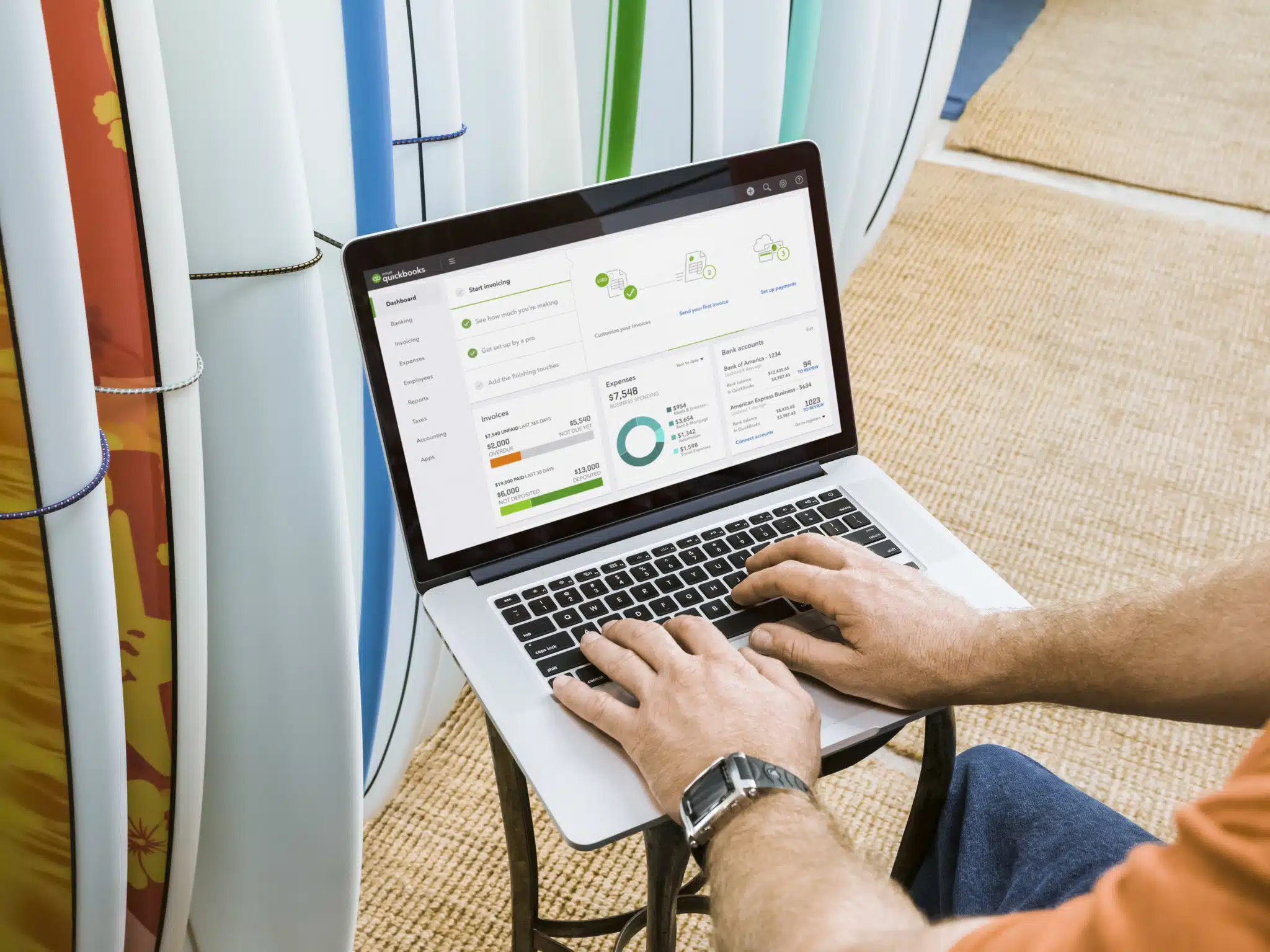
Opening up a business is always a risk, but the risks of being a business owner don’t end there. If you play it safe, you’re going to get left behind. The marketplace is always changing, and playing it safe is the equivalent of complacency.
You have to keep your ear to the ground and look for new changes and trends that might dictate the products and services your customers would love.
I don’t expect you to become a large multinational brand, but you should always be looking for ways to maximize profit or leverage a partnership to grow your business. To reach your potential, you may need help with marketing, advertising, and payroll.
REMEMBER:
Reason #4: They Dismiss the Power of Online Marketing
I cringe every time I run into a business that has zero online presence. It doesn’t matter what kind of business that you run. In our tech-savvy environment, not having a quality online presence is a death wish for any business.
If your website looks like it was created in 1997, when dial-up internet made that awful grinding noise, and you don’t have any social media accounts, you might as well hang up a closed sign on the door today.
Online marketing is a technique of the future and a method of today. If you aren’t taking advantage of it, you could be missing out on thousands of clients who see your business as belonging to the Smithsonian.
Even if you don’t have any experience in online marketing or with social media, it’s incredibly simple to update a website and create a Facebook page where you can market to your potential clients.
If you’re confused, find a willing college student or some young whipper-snapper to walk you through the process.
Reason #5: They Forget About Automation
One of the worst mantras a business owner can adopt is, “I’ll just handle that myself.” It’s a trap that too many small businesses are falling into, and it’s a line I used to tell myself all the time.
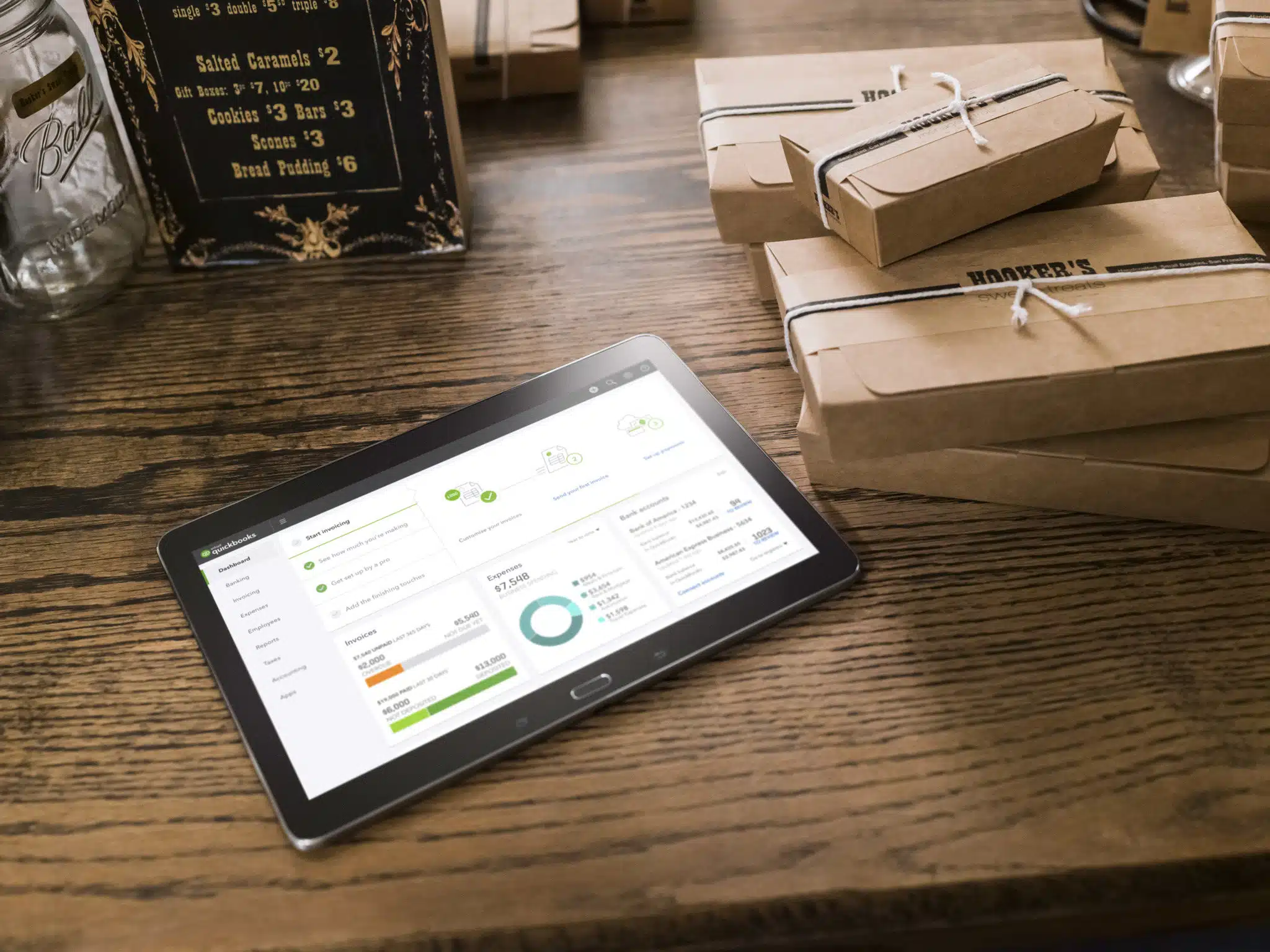
Instead of training someone else to do particular types of work or creating a process for it, I was constantly doing everything myself.
There is nothing wrong with doing this for the first couple of months as you smooth out the wrinkles, but eventually, failing to will stand in your way.
These days, my team and I are always looking for new ways to improve our processes or make tasks more efficient. Activities we try to automate include everything from how we contact new clients to how our distributions are sent out from their investment accounts.
We review our processes weekly and then document everything so the entire team is aware of all of the steps in the process.
| Let QuickBooks handle all of that so you can focus on what matters most–growing your business. |
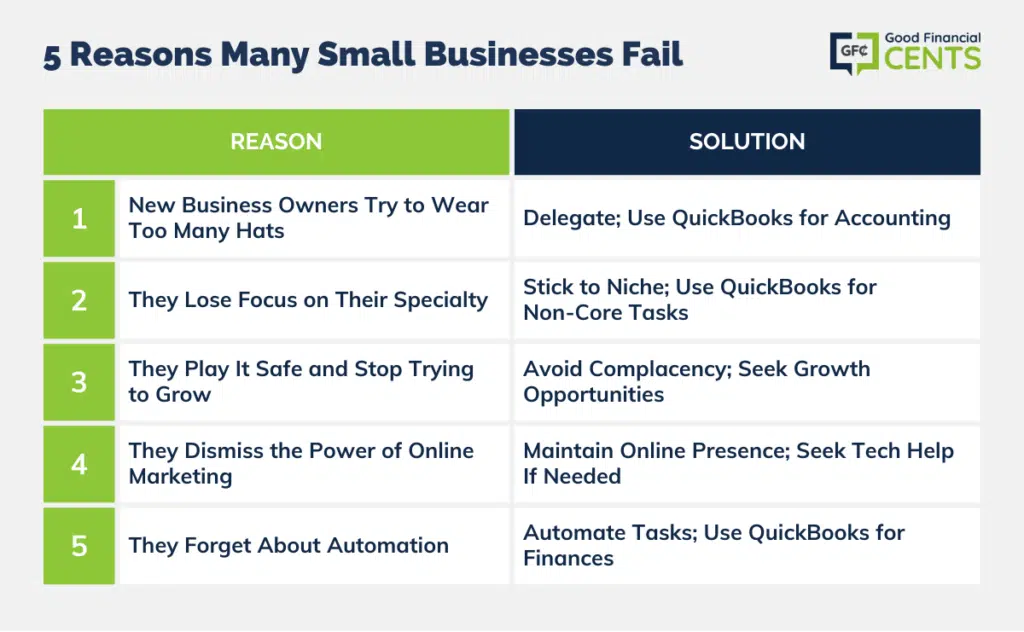
Final Thoughts
Starting your own business in today’s economy can be a scary task. The modern business climate is always changing, and you never know how long your new business will last.
Just like with your personal finances, however, it’s important to stay in control of your business income and revenue.
Even if you have no experience working with financial software or billing, QuickBooks Online can make it easy for you to track your expenses and revenues, manage your cash flow, and automate payroll and other processes.
Give your business the best shot of passing that 18-month mark, and try QuickBooks Online today.

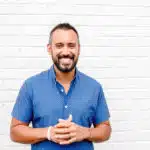






I just started working as an intern with a CFP who just started his own business. I’m using Quickbooks online to track expenses, run payroll, and reconciling for his clients. As you mentioned, Quickbooks online is great and simplifies everything! I enjoyed this article a lot, because I’m going through this exact situation right now with my boss.